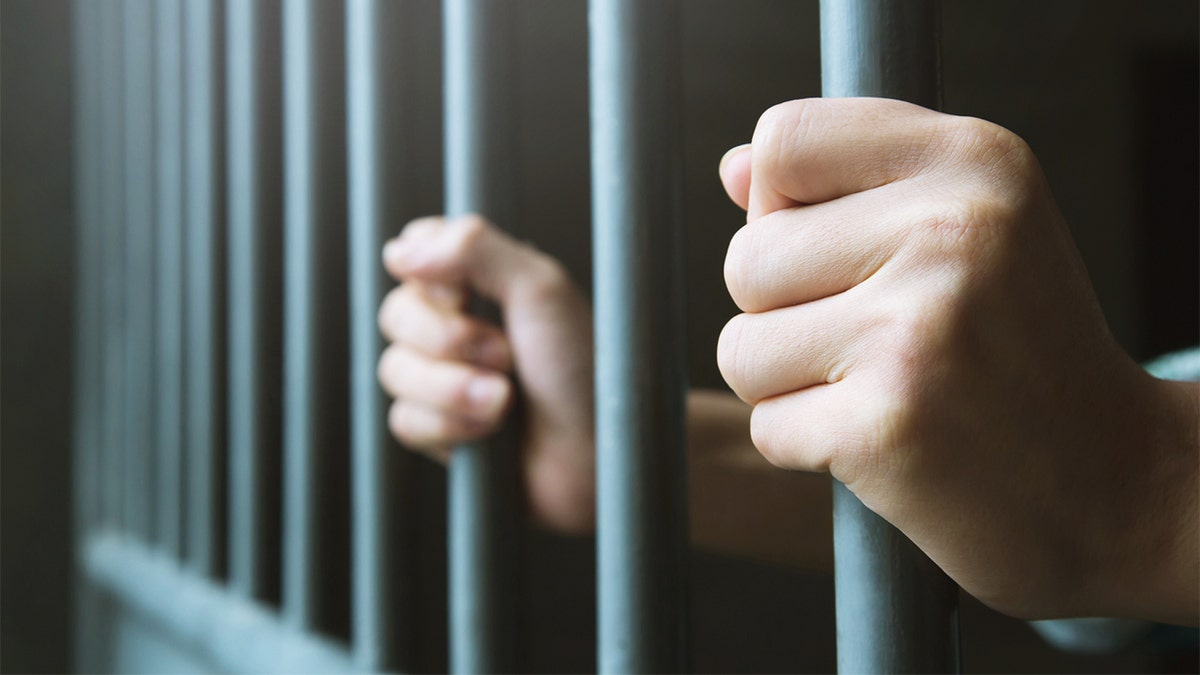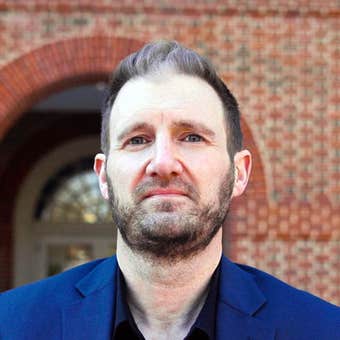Former NYPD officer pins crime wave on bad policies passed by bad politicians
Suffolk County PBA vice president Lou Civello calls on politicians to repeal bail reform in New York following the attack on Rep. Lee Zeldin, R-N.Y., on 'Fox News Live.'
Prisons are often held up as a solution to crime, but incarceration without rehabilitation is a cause of crime too. With violence inundating cities, it’s time to look inside prisons and reimagine their possibilities.
While serving time for bank robbery, I saw up close what didn’t work. Two decades later, I have spent years as an advocate, and there have been improvements to the prison system, including sentencing reform and better access to prison programming – but successful outcomes remain elusive.

We can no longer ignore the reality that the prison environment directly impacts public safety. (iStock)
Prisons weren’t built to rehabilitate. We cannot expect people to become good citizens when corrosive prison culture sabotages character change. It’s time to transform how we "do" prison in America.
Recidivism – the rate at which released prisoners return to state custody – has long been the reigning statistic of American corrections. Instead of quantifying success, though, it measures failure. While recent research challenges the idea that recidivism is a sufficient metric, it remains a focus of the prison system. To combat recidivism, researchers have identified risk factors, like antisocial thinking and behavior, to target for reduction. Officials now seek to provide evidence-based programming that addresses criminogenic factors.

Jesse Wiese is a former bank robber, an attorney, and the vice president of program design and evaluation at Prison Fellowship.
WHAT GEORGE SOROS DOESN'T UNDERSTAND ABOUT CRIME AND TRUE JUSTICE
While laudable, these treatment programs are insufficient. Recidivism rates have stayed high, despite a decades-long effort to reduce risk factors. According to the Bureau of Justice Statistics, 62% of people released from state prisons are rearrested within three years.
What more needs to change?
The risk-reduction approach ignores the fact that the negative prison environment wields more influence than any single program. Research shows that simply working in prison harms correctional officers’ safety and well-being. Yet there are no universal prison assessment criteria. While we have worked to define a good prison program, we have neglected to ask the more critical question: "What makes a good prison?"
Ideally, prison programming that forms good citizens would be surrounded and supported by a culture that reinforces moral learning. Research indicates that learning occurs best in an environment of transparency and trust, with good role models and ample opportunity to put learning into practice. Instead, the typical prison environment offers the opposite. Role models are scarce, opportunities for practice are rare, and trust and transparency can mark prison residents as prey to less scrupulous peers.

(A prison system that only measures recidivism is like a hospital system that only measures mortality. (iStock))
We cannot expect people to become good citizens when the behaviors taught in the prison classroom conflict with the prison’s social norms. We can no longer ignore the reality that the prison environment directly impacts public safety.
A prison system that only measures recidivism is like a hospital system that only measures mortality. Recidivism and risk reduction will never tell us if people are leaving prison equipped to flourish as good citizens. It’s time to focus on the adoption or enhancement of positive, prosocial attributes of good citizenship.
CLICK HERE TO GET THE OPINION NEWSLETTER
At Prison Fellowship, we do not want people to simply avoid returning to prison. We want people to work, pay taxes, take care of their families, volunteer, and catalyze virtuous cycles in their communities. We want people to flourish as good citizens in and out of prison. The more prison culture aligns with prosocial norms and fosters the values of good citizenship, the safer our prisons and communities will be.

Inmates walk in a line at San Quentin State Prison in San Quentin, California, Aug. 16, 2016. (AP Photo/Eric Risberg, File)
This isn’t a pipe dream. But to make it happen, we must start measuring deficits and gains in the values of good citizenship: community, affirmation, productivity, responsibility, restoration and integrity. Instead of asking why people commit crimes, we need to identify and reinforce what keeps people from committing crimes in the first place.
My own transformation from prisoner to advocate took place in the Prison Fellowship Academy, a unique in-prison community governed by these values, where I had role models and opportunities to practice new behaviors. Lasting change took root, and not just for me. To this day I maintain friendships with other men who are now community leaders, pastors, husbands, fathers, entrepreneurs and change agents.
CLICK HERE TO GET THE FOX NEWS APP
Prison Fellowship is formulating a "good citizenship model" to make this work possible on a larger scale. This model proposes that human flourishing should be the expected outcome of the prison system, and the adoption of the Values of Good Citizenship should be the means toward that end. This model applies to prisons and those that live and work in them and includes new assessment tools to provide meaningful baselines.
We have a responsibility to provide paths to rehabilitation to people in prisons. To fulfill that mandate, we must redefine success. Life after incarceration isn’t just about avoiding another arrest. It’s about returning to society as a productive, independent and flourishing citizen. The more people can practice for that future in prison, the better off everyone will be.



